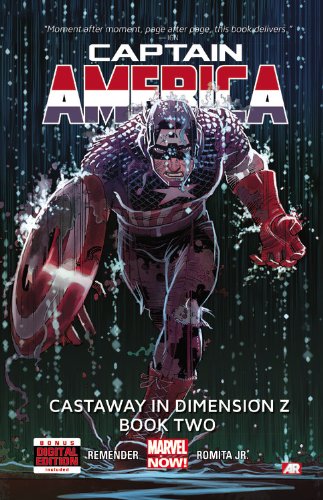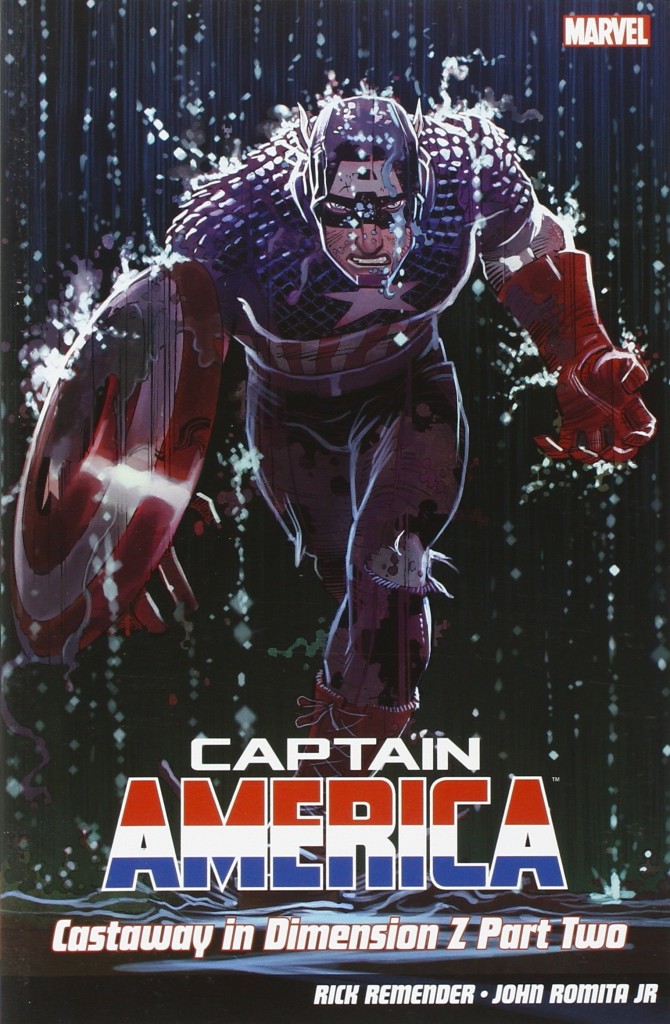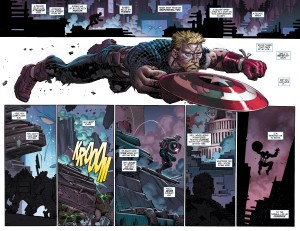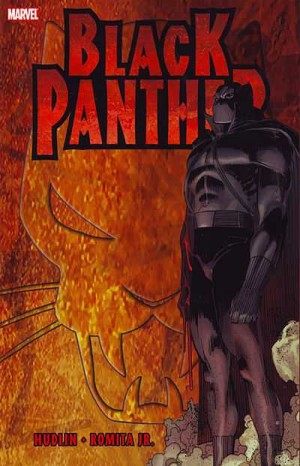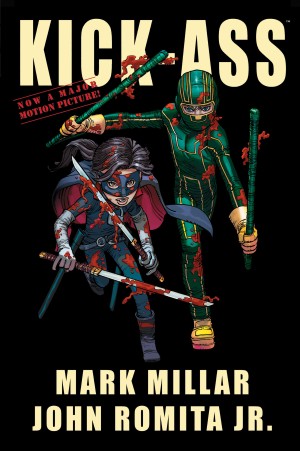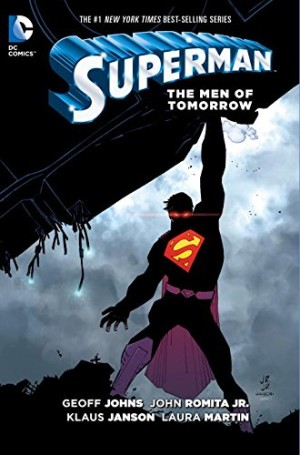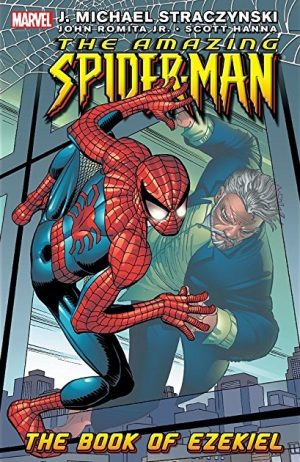Review by Ian Keogh
We continue directly from volume one, with Captain America having spent twelve years in an alternate dimension over which scientific genius Arnim Zola rules. During that time Steve Rogers has experienced almost unendurable hardship, and raised a child, Ian, from infancy while protecting him from danger. That child was Arnim Zola’s son, and has an older sister, Jet, who’s now beginning to question her father’s authority and methods, but remains fundamentally loyal to him, and very dangerous.
Ian, or Leopold as Zola would prefer, is the point of contention. Having covered a twelve year period in the first volume, the narrative compresses to a more usual timespan for a graphic novel, and Rick Remender delivers a more traditional plot as Captain America assaults Arnim Zola’s stronghold. To paraphrase, Remender’s introduction to the series reported his being strongly influenced by Jack Kirby’s genre mashing when he wrote Captain America in the 1970s. He succeeds in emulating Kirby in some respects, with the hostile alien environment, and the questions about life and loyalty, but Kirby certainly wouldn’t have spent ten chapters on the single story without throwing in a flood of associated ideas. Remender falls down here, while maintaining a suspense and throwing in a couple of twists. The story is dragged out far too long, though.
Romita Jr illustrates a character battered to within in an inch of their life like no-one else in comics, and his action scenes are so accomplished we take them for granted. As in the previous book, however, his depiction of children is inconsistent. Ian at just under 13 often looks half that age, while his sister, at most two years older, is almost sexualised.
By the conclusion much has changed for Captain America, but one element of personal loss is change that comes across as more change for shock’s sake than any natural evolution. For years ‘death’ and subsequent revival in superhero comics has been used far too cheaply, and only the most naive readers can now consider death as a permanent state in an ongoing company owned superhero series. The death of any long-running character has been robbed of meaning, no matter how many tears follow, and this being the case, why go through the charade? Yes, it might be the intention of the present writer, yet somewhere down the line x will be back.
The series continues with Loose Nuke.
